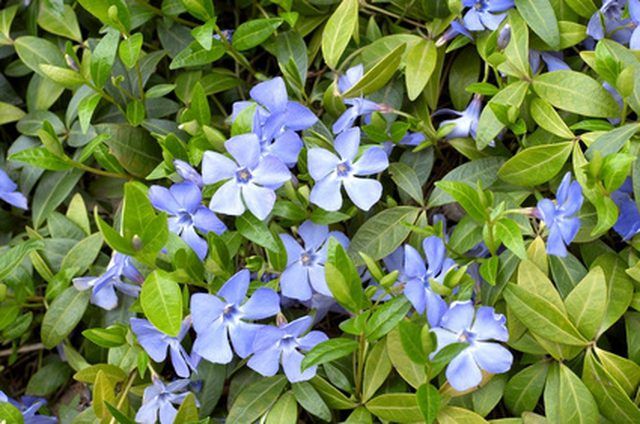Bulbs
Flower Basics
Flower Beds & Specialty Gardens
Flower Garden
Garden Furniture
Garden Gnomes
Garden Seeds
Garden Sheds
Garden Statues
Garden Tools & Supplies
Gardening Basics
Green & Organic
Groundcovers & Vines
Growing Annuals
Growing Basil
Growing Beans
Growing Berries
Growing Blueberries
Growing Cactus
Growing Corn
Growing Cotton
Growing Edibles
Growing Flowers
Growing Garlic
Growing Grapes
Growing Grass
Growing Herbs
Growing Jasmine
Growing Mint
Growing Mushrooms
Orchids
Growing Peanuts
Growing Perennials
Growing Plants
Growing Rosemary
Growing Roses
Growing Strawberries
Growing Sunflowers
Growing Thyme
Growing Tomatoes
Growing Tulips
Growing Vegetables
Herb Basics
Herb Garden
Indoor Growing
Landscaping Basics
Landscaping Patios
Landscaping Plants
Landscaping Shrubs
Landscaping Trees
Landscaping Walks & Pathways
Lawn Basics
Lawn Maintenance
Lawn Mowers
Lawn Ornaments
Lawn Planting
Lawn Tools
Outdoor Growing
Overall Landscape Planning
Pests, Weeds & Problems
Plant Basics
Rock Garden
Rose Garden
Shrubs
Soil
Specialty Gardens
Trees
Vegetable Garden
Yard Maintenance
Vinca Minor Disease
Vinca Minor Disease. Vinca minor is a beautiful ground cover with green leaves and blue to violet colored flowers. Plants reach 6 inches tall and 3 feet in diameter. Vinca is a quick growing, inexpensive ground cover, which is ideal for landscaping. It grows and blooms best in partial shade conditions. Full sun and fungus diseases are the worst...

Vinca minor is a beautiful ground cover with green leaves and blue to violet colored flowers. Plants reach 6 inches tall and 3 feet in diameter. Vinca is a quick growing, inexpensive ground cover, which is ideal for landscaping. It grows and blooms best in partial shade conditions. Full sun and fungus diseases are the worst enemy of vinca minor.
Identification
Vinca minor is susceptible to several types of fungus diseases, which are predominately brought on by humid, wet weather. Vinca plants show signs of brown-black lesions on stems, stunted growth and yellowing of the leaves. Other signs of disease include leaf spots, stem cankers and shoot-tips turning dark brown, wilting and dying.
Tiny, black dots may be found on stems using a magnifying glass. Foliage becomes mottled and flowers appear streaked. These diseases may go undetected early on when hidden under new growth.
Types
Rhizoctonia root rot is caused by a soil fungal, pathogen called Rhizoctonia solani. It causes root rot in vinca minor as well as many other types of bedding plants. Stem blight is a fungus called Phoma exigua var. exigua, that grows indefinitely and spreads in overly humid conditions.
Botrytis cinerea is another fungus that attacks vinca minor plants with infections appearing as blights, leaf spots or stem cankers. Canker, leaf and aster yellows can also infect vinca minor ground cover, attacking the leaves and flowers in some cases.
Causes
Bringing in new infected bedding plants from nurseries can infect existing plants. Over-crowding beds and providing little to no air circulation promotes fungus diseases. Bad weather conditions of consistently wet, humid, cloudy days create a breeding ground for diseases that affect vinca minor.
Overhead watering systems leaving wet leaves on plants over night promote undesirable conditions. Tightly packed plants easily transmit diseases from one plant to another. Avoid consistently overwatering plants, creating high humidity and water-logged roots.
Cures
Once Rhizoctonia root rot has taken hold in the soil, there are very few fungicides that are effective at fighting this disease. You can use fungicide treatments of root and soil drench on beds prior to planting.
Stem blight can be treated with mancozeb, copper hydroxide or thiophanate-methyl. You can minimize risks of infection for Botrytis blight by removing already infected plants. Fungicide sprays should be applied as soon as symptoms appear.
Serious fungicide infections of leaf spot can be treated with chlorothalonil or iprodione products according to directions on the label.
Prevention
Look over bedding plants carefully for any signs of disease before purchasing. Never use an overhead irrigation system for watering. Immediately remove badly infected plants to minimize the spread of disease.
Fungus thrives on wet, humid conditions with high humidity levels, therefore, it is best to water plants thoroughly and as infrequently as possible. Watering too often, removes oxygen from the root zone and stimulates root rot pathogens. Poor soil conditions and plants lacking proper nutrients increase the severity of diseases.